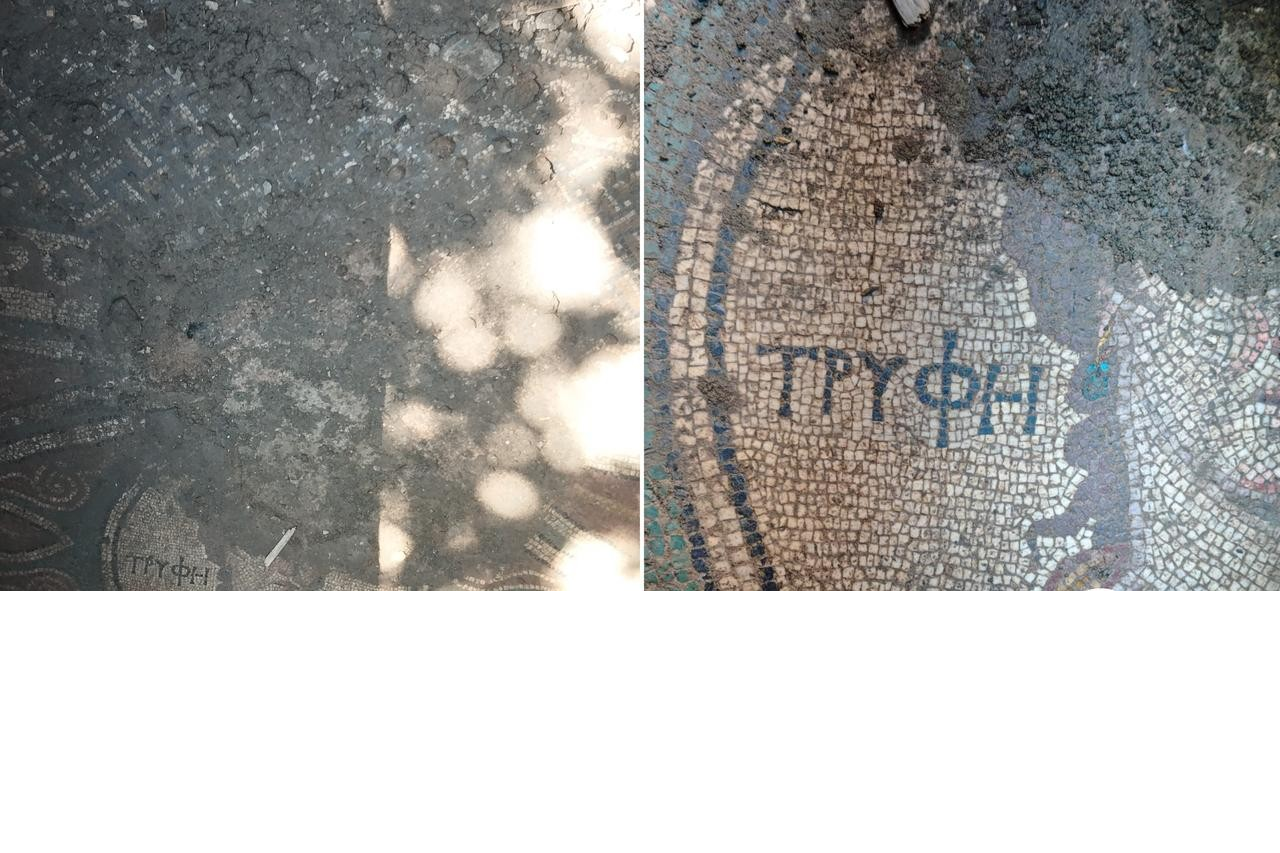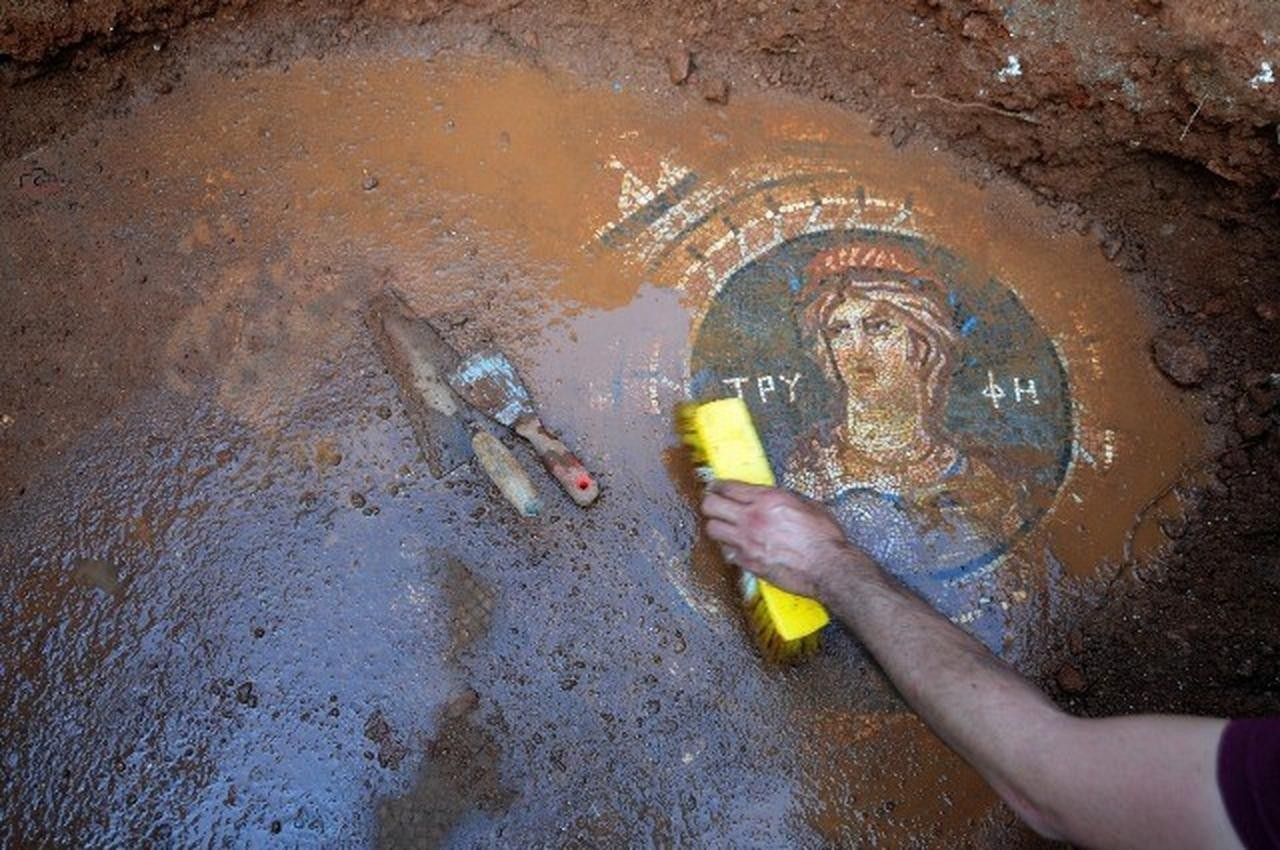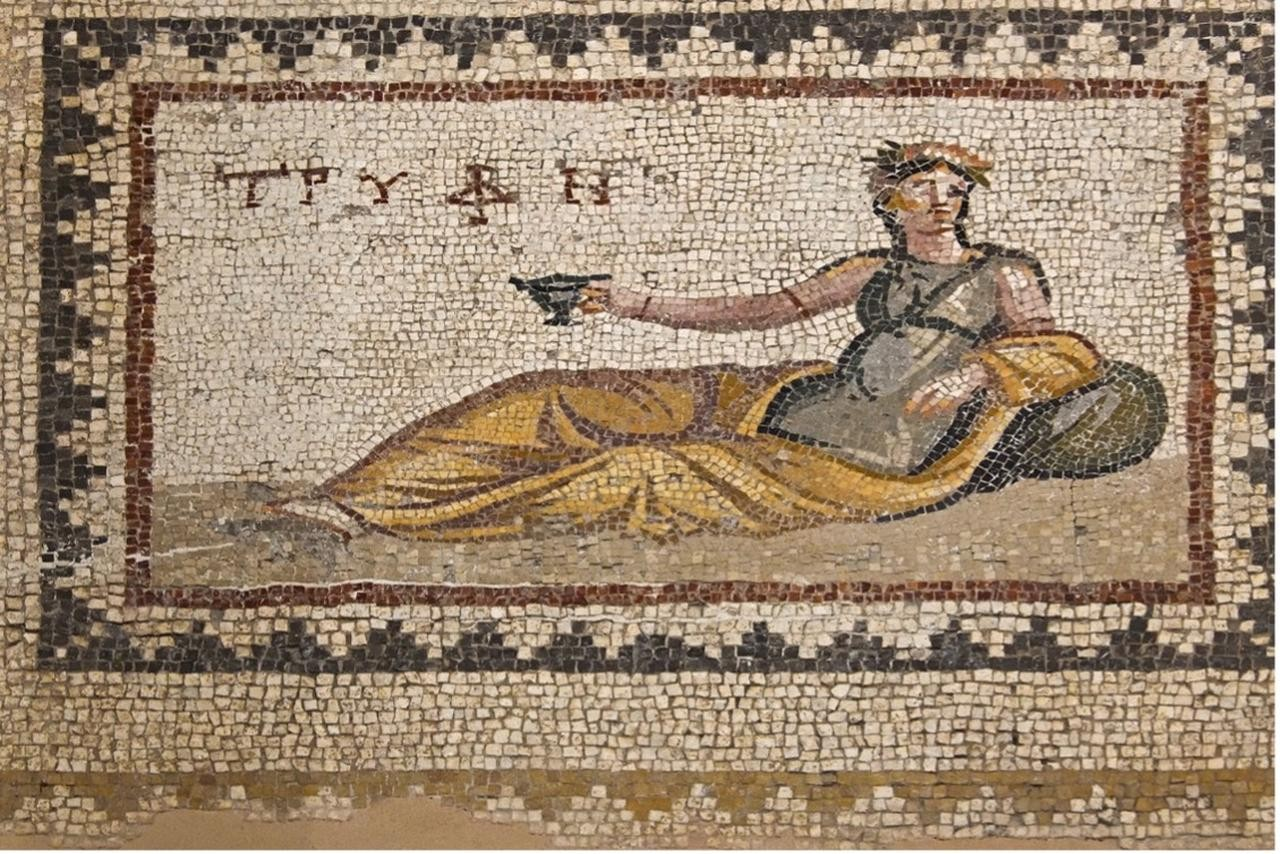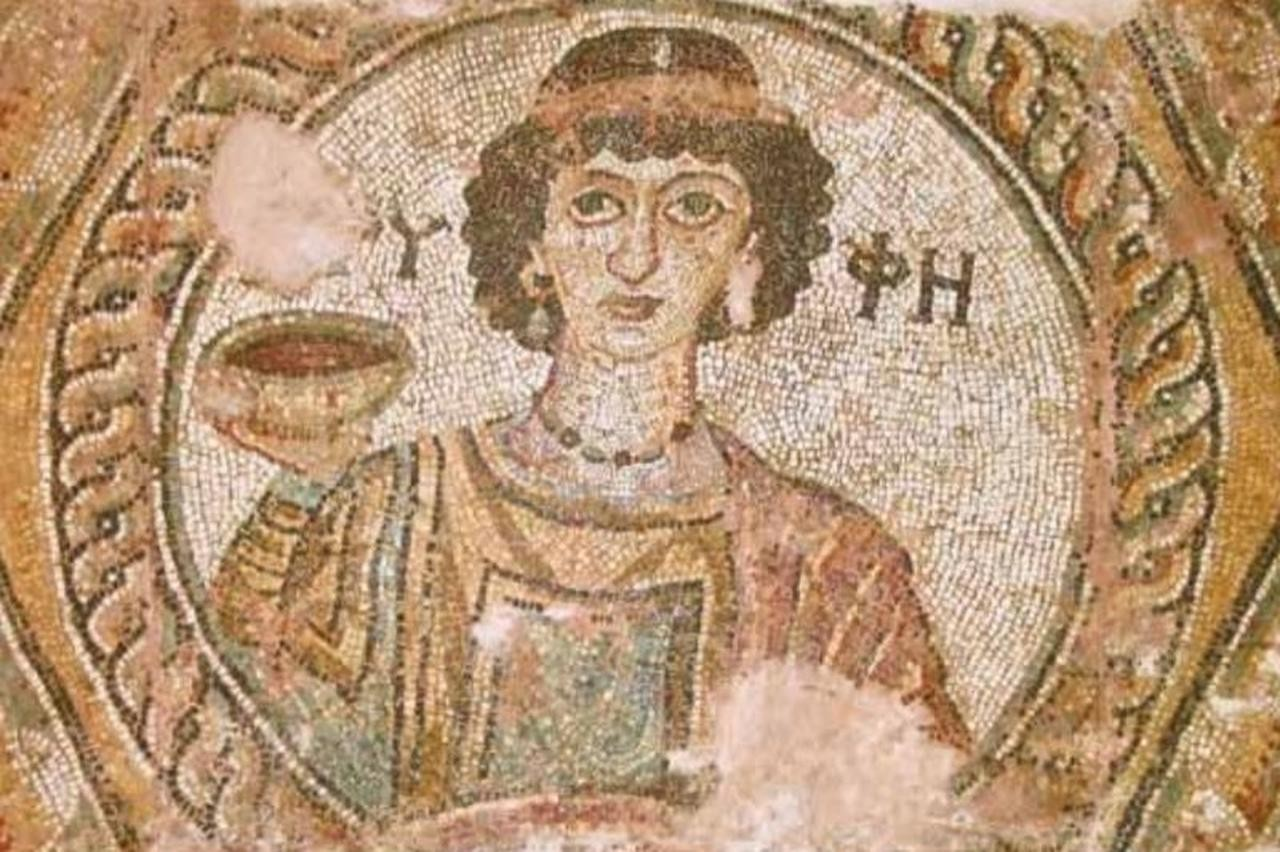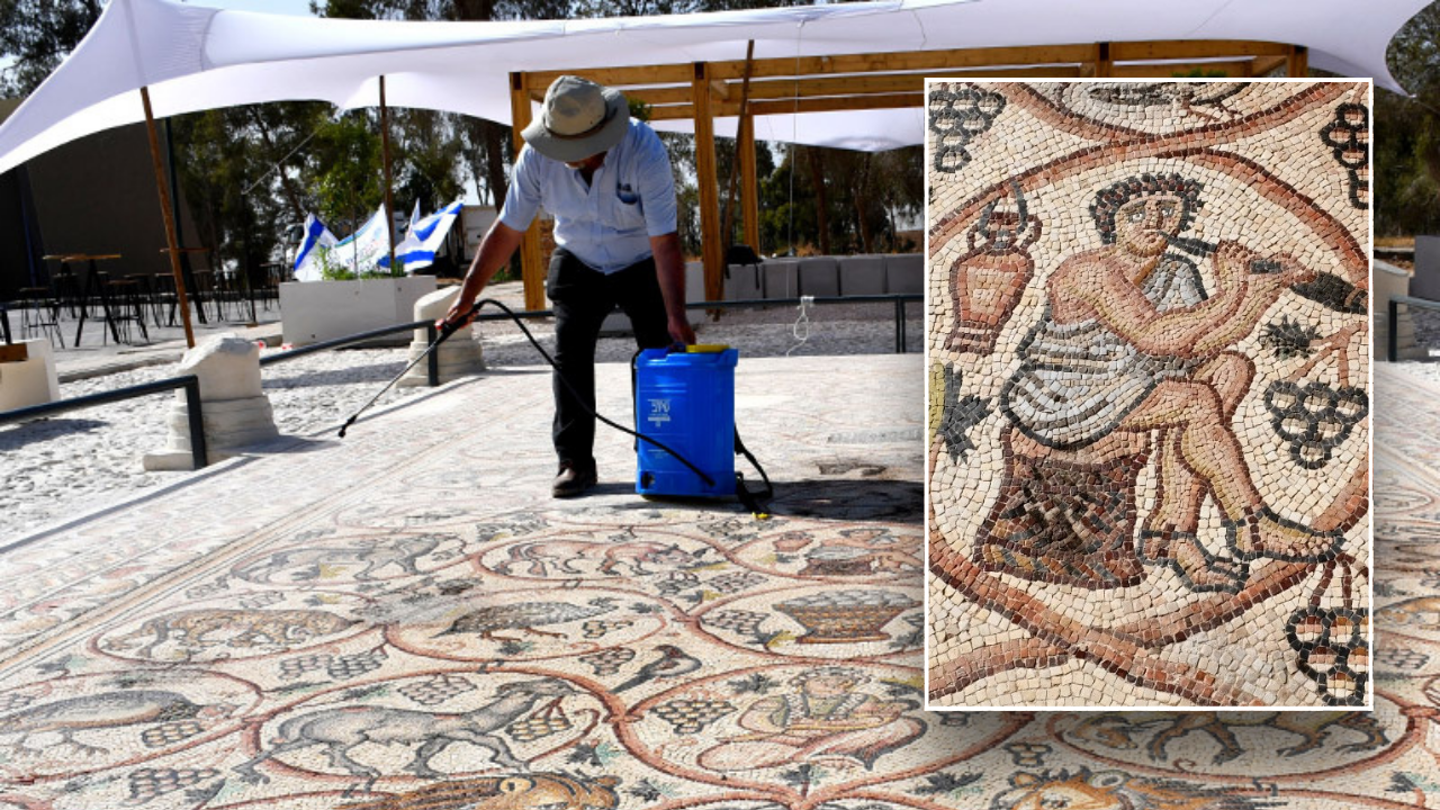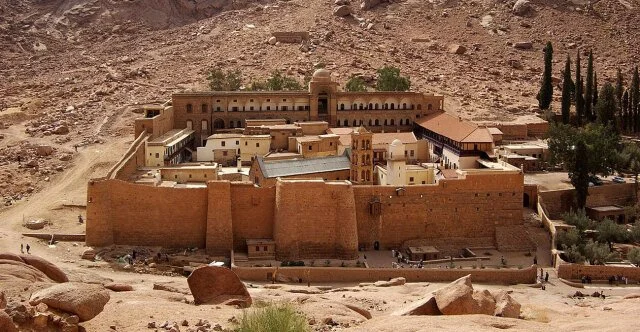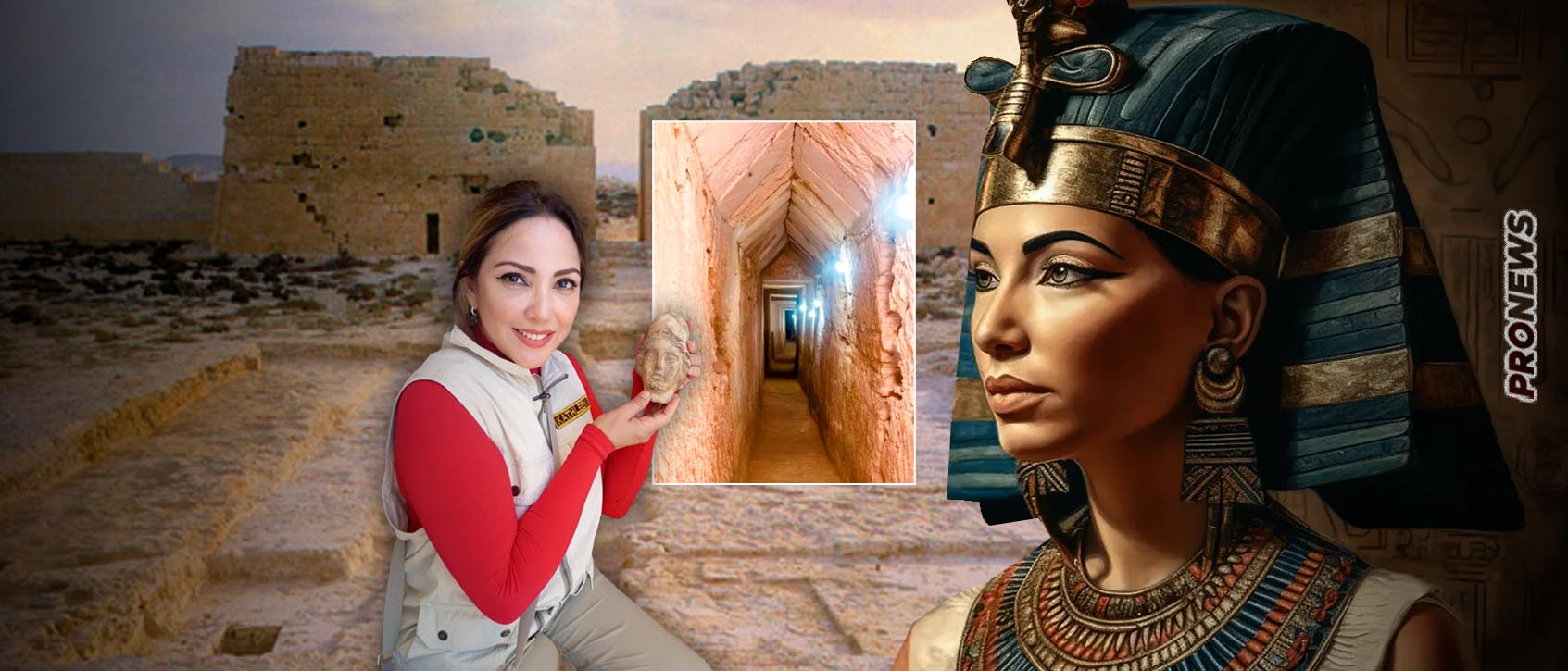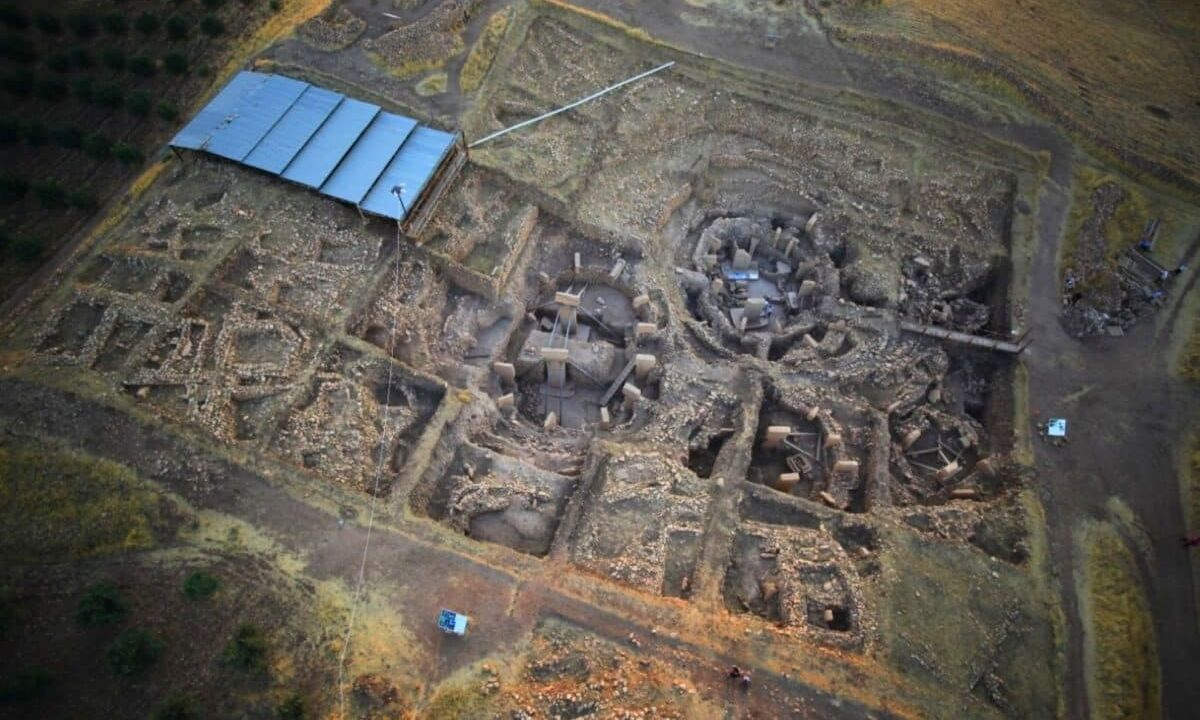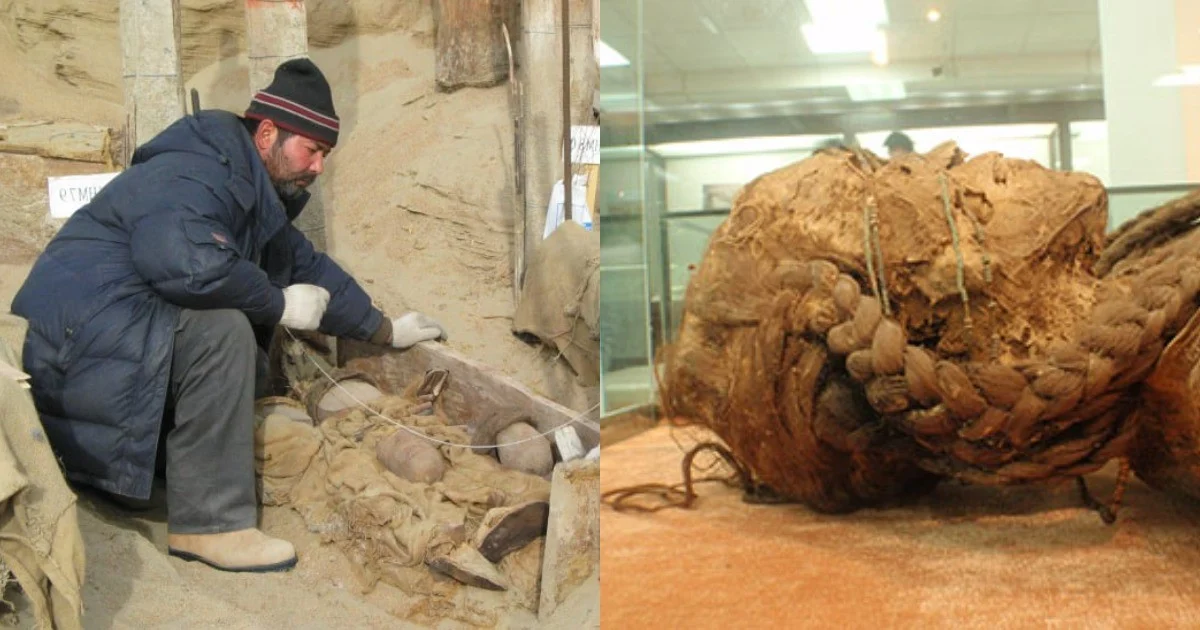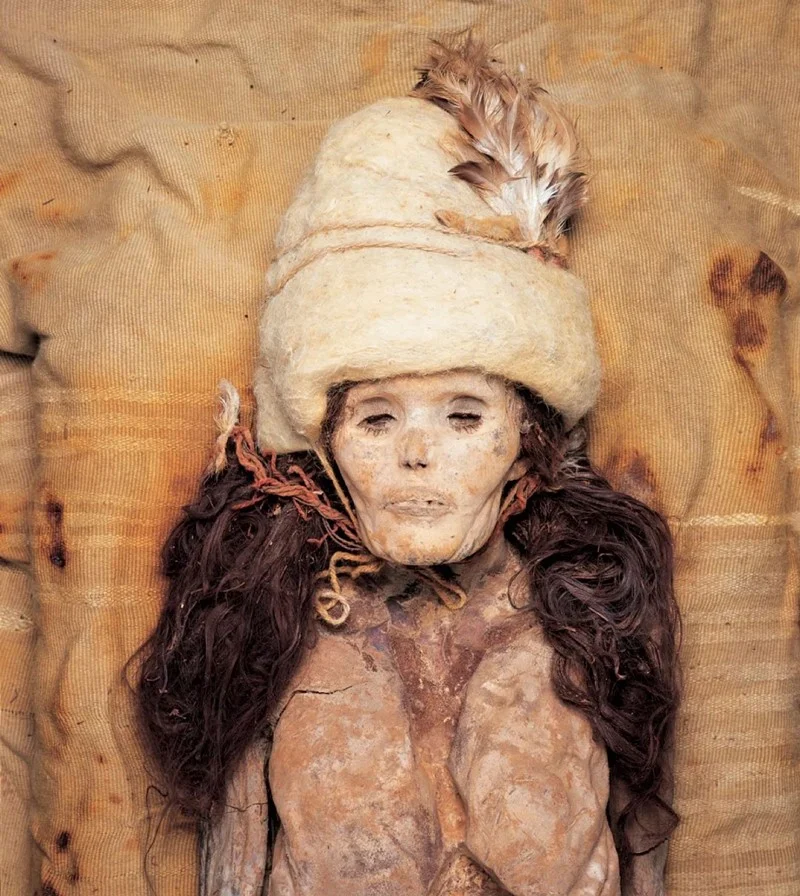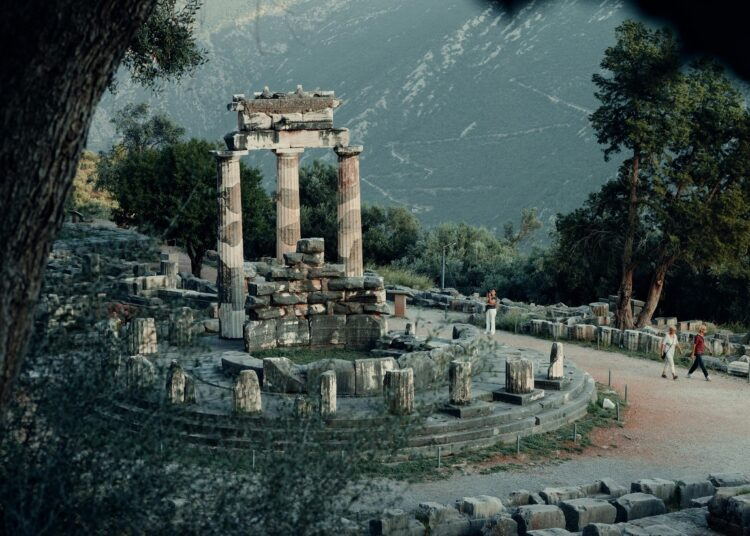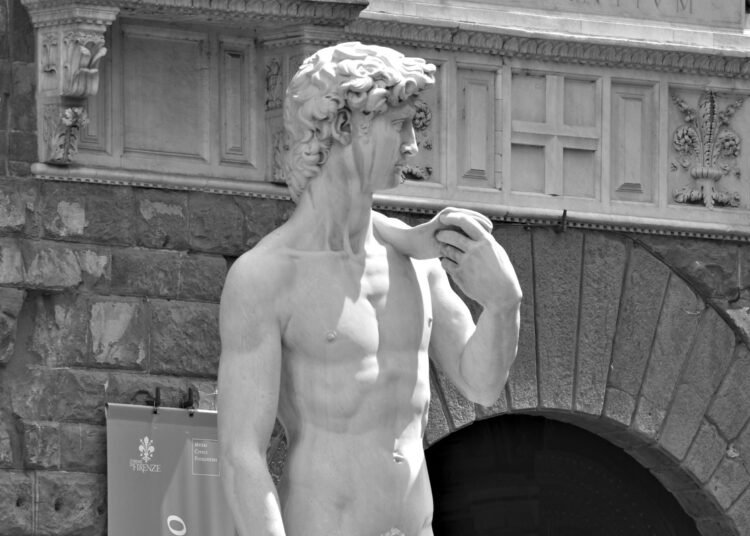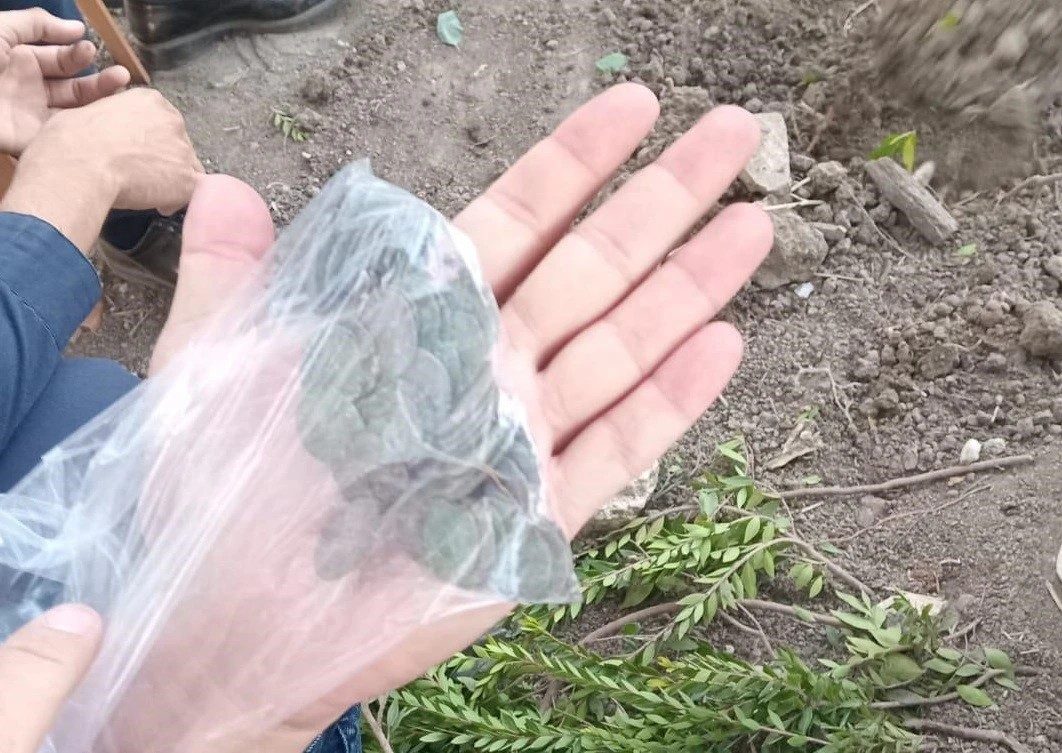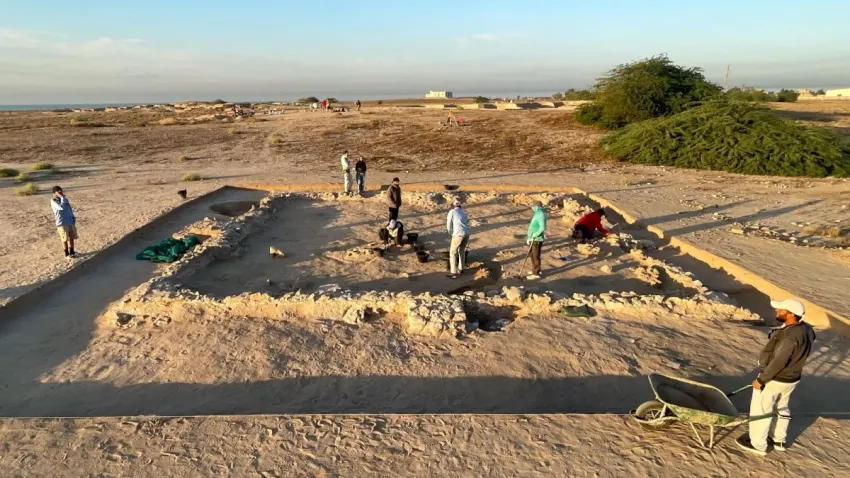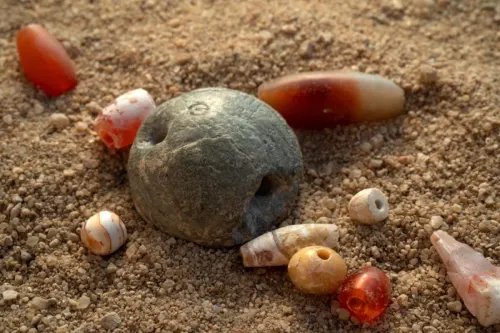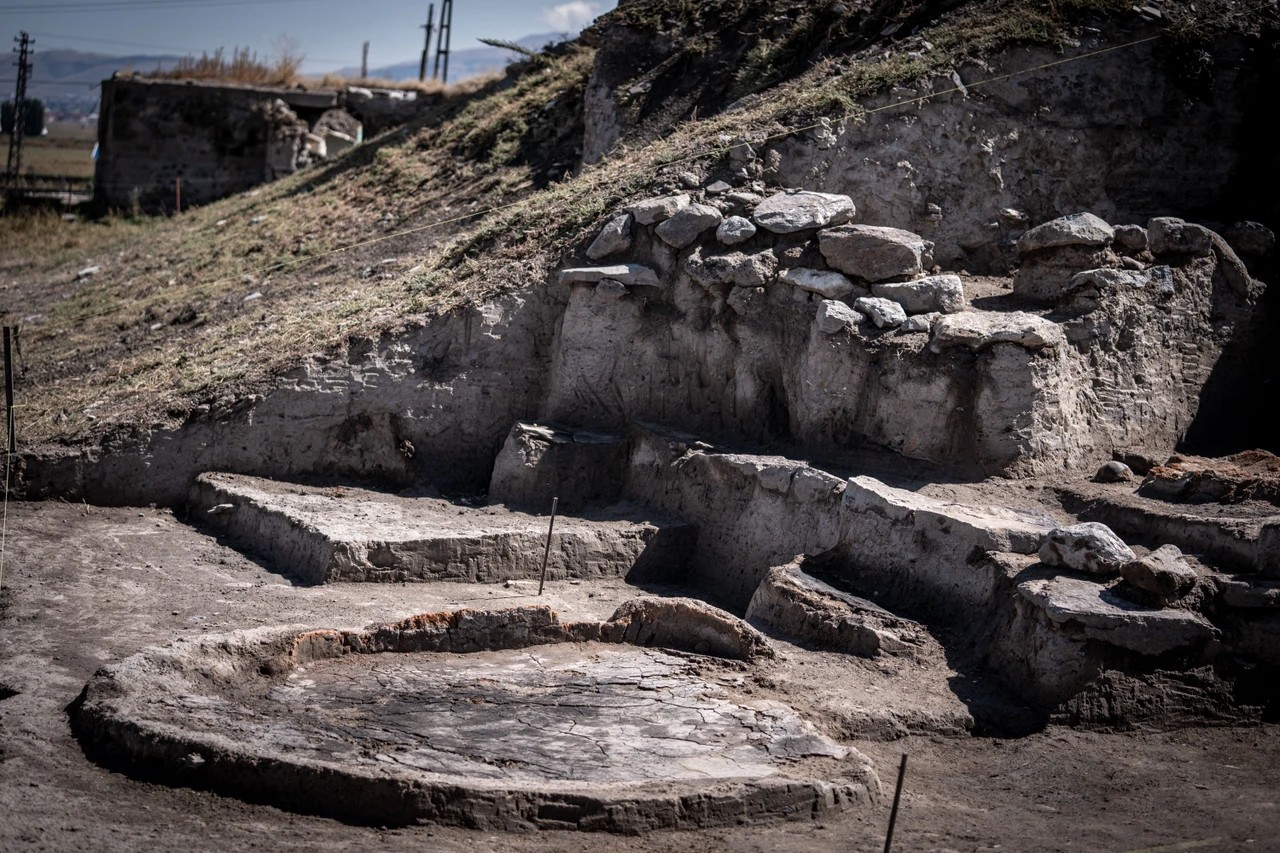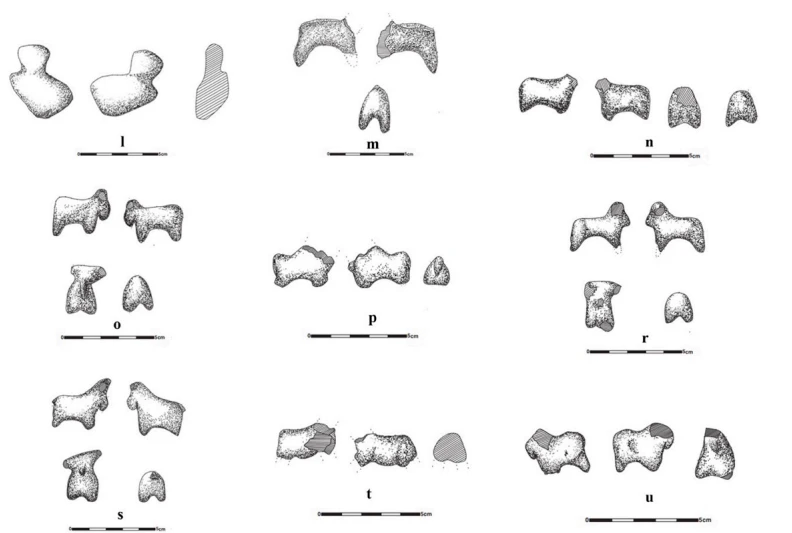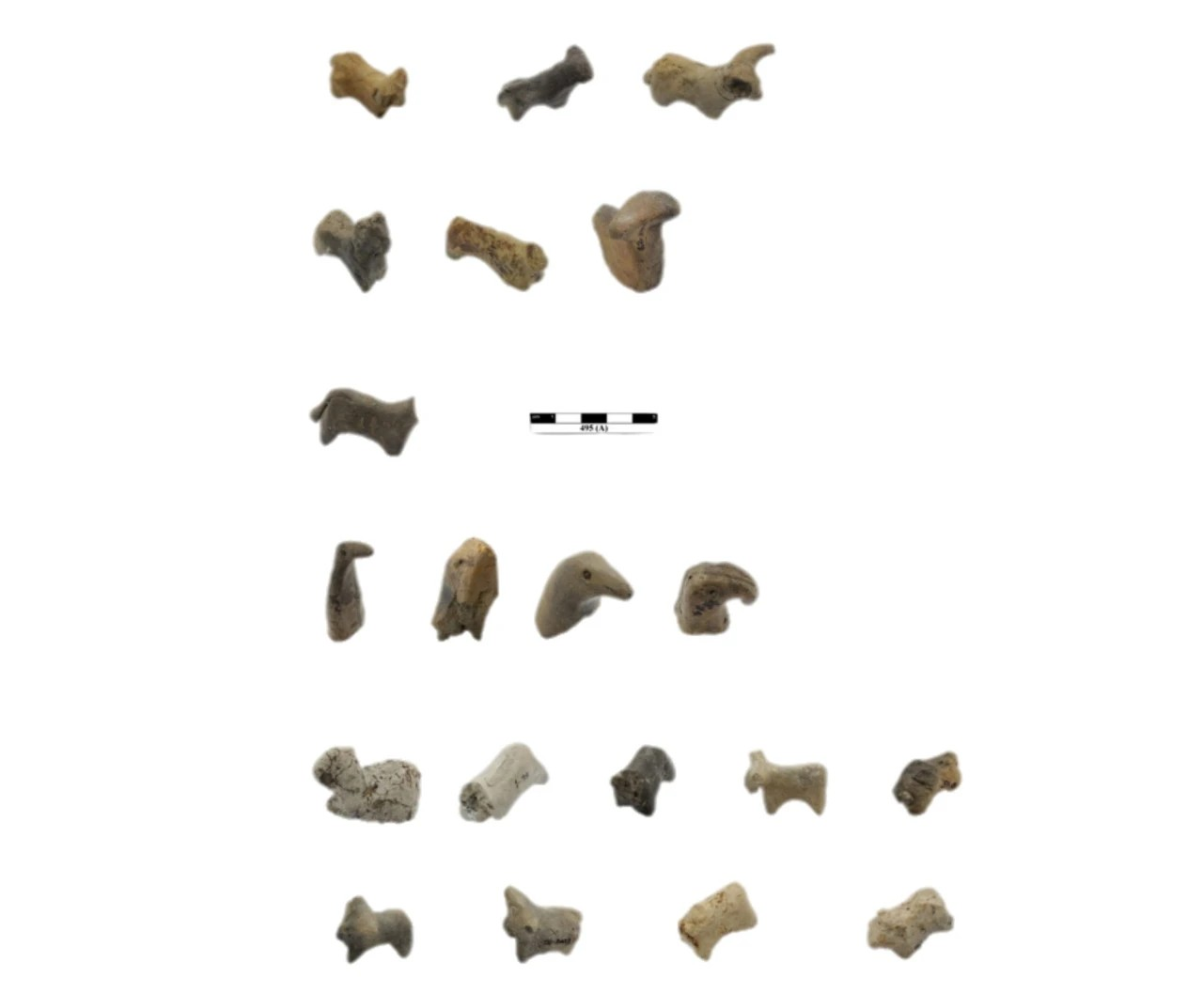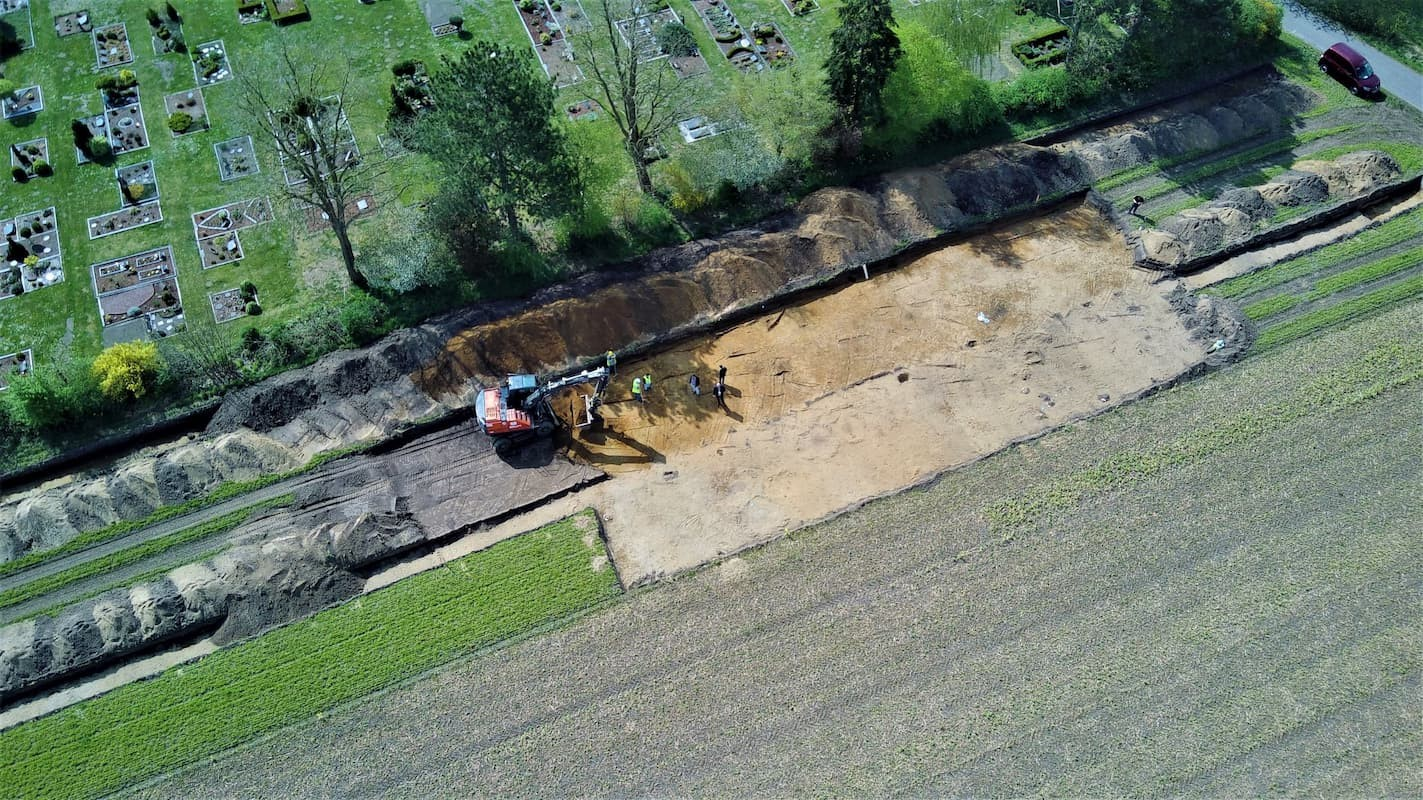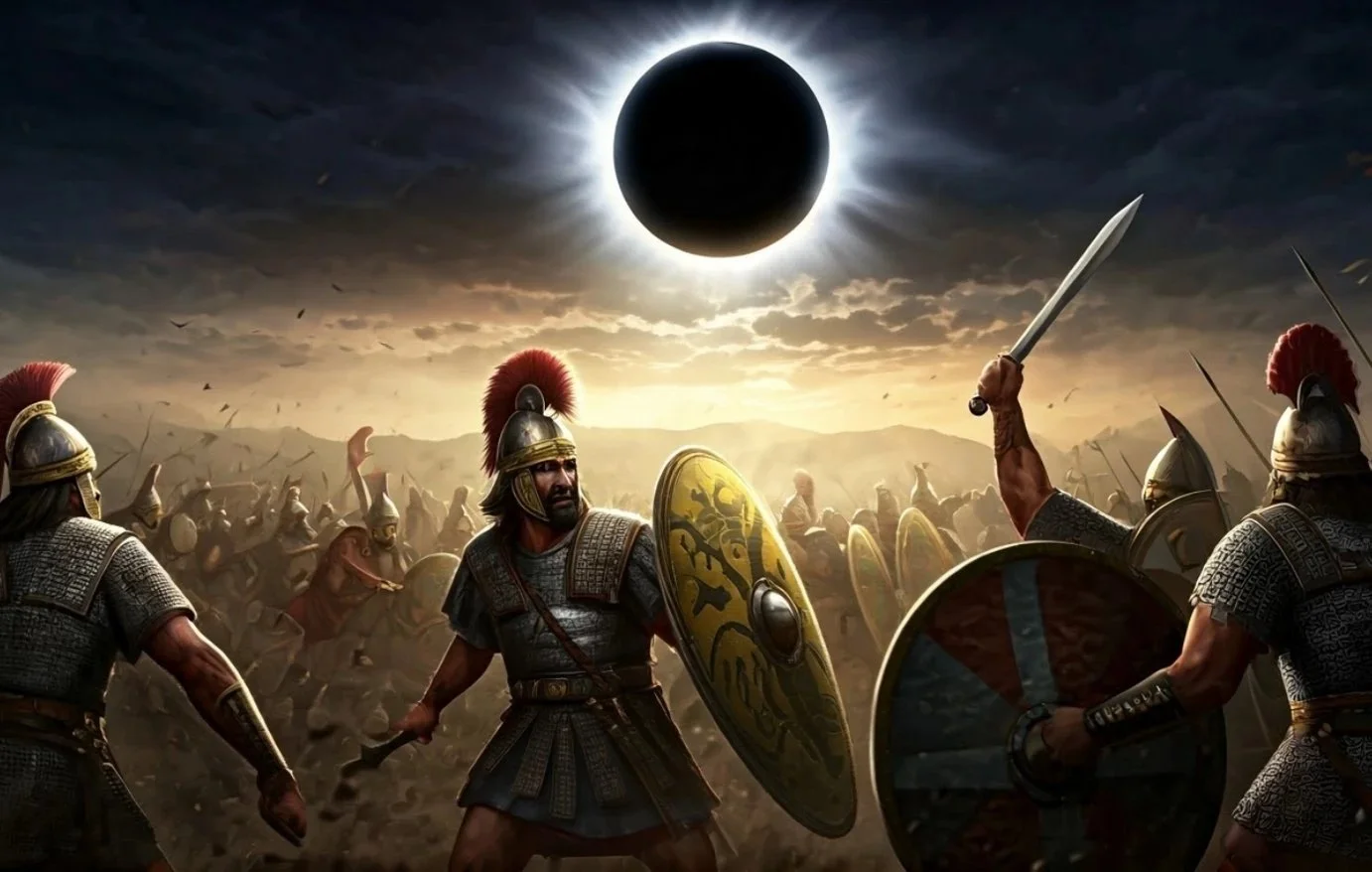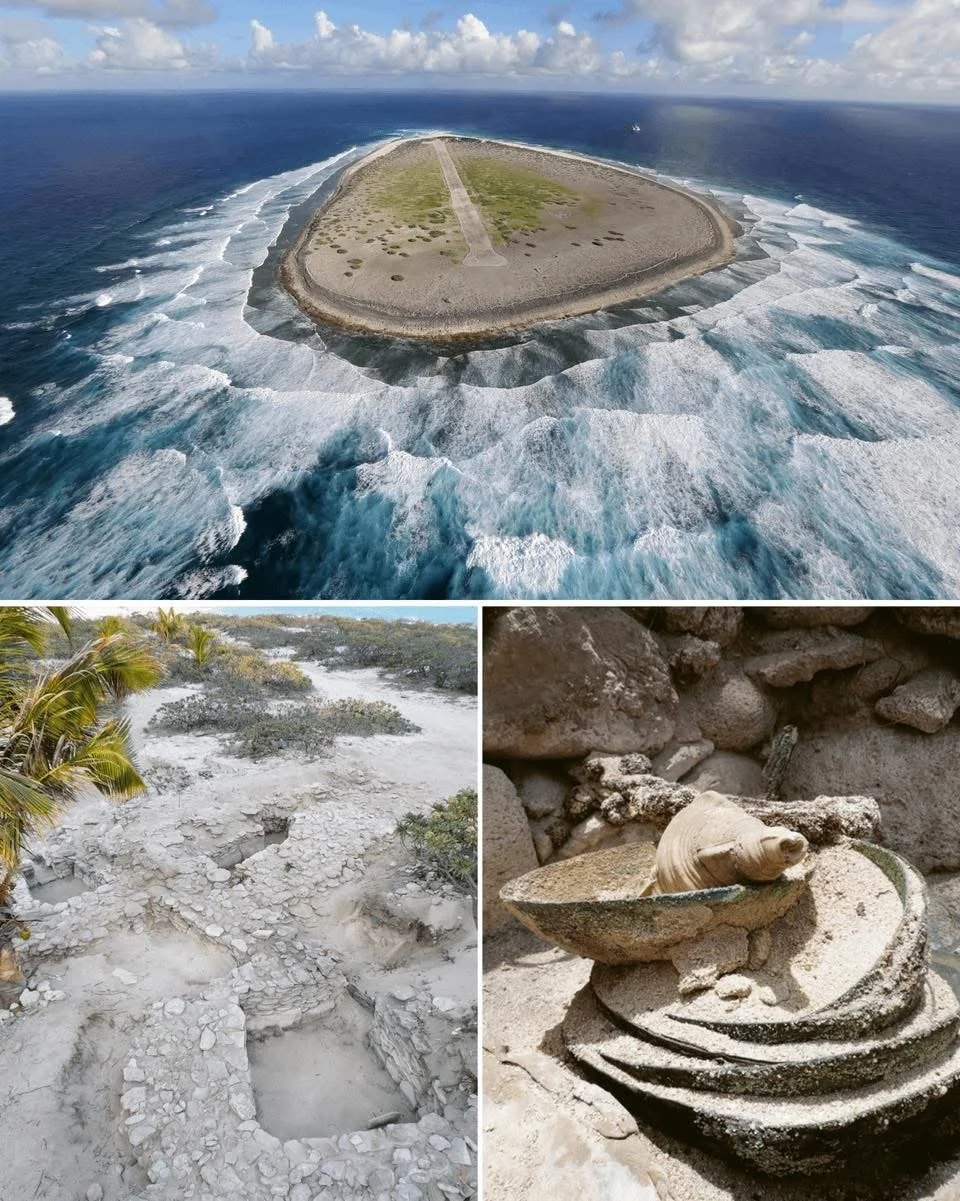Stunning 2,000-year-old artwork brings to light the symbolic figure of luxury and indulgence in antiquity
A remarkable 2,000-year-old Roman mosaic portraying Tryphe, the personification of luxury, sensuality, elegance, and excess, was uncovered during an illegal excavation in Eudokias (modern-day Tokat), in the Black Sea region of Turkey.
A Discovery Born from Looting
Inscription and depiction of Tryphe on an 1,800-year-old Roman mosaic discovered in the ancient city of Olba, in Seleucia Isauria, in August 2015. Photo: IHA
The mosaic was found during a clandestine dig in a vineyard in the province of Zela (Zile). Authorities arrested four individuals involved, including a man identified as M.S., who reportedly livestreamed the illegal excavation on social media—an act that triggered outrage among cultural heritage officials. Two of the suspects, F.S. and his son A.S., were formally detained, while M.S. and another individual, S.S., were released on probation.
Hidden under sacks by the looters in an attempt to conceal it, the mosaic was discovered by the Turkish gendarmerie. Measuring approximately 3×3 meters, the artifact is now undergoing analysis and preservation by experts.
Tryphe: The Face of Ancient Luxury
The mosaic features a finely detailed bust of Tryphe, the classical Greek embodiment of opulence and refinement. She is depicted with flowing hair, elegant attire, jeweled earrings, and a delicate, feminine posture, gazing slightly to her left against a pale background. Behind her head appears the Greek inscription: “ΤΡΥΦΗ”.
Inscription and depiction of Tryphe on a 1,800-year-old Roman mosaic discovered in the ancient city of Olba, in Seleucia Isauria, in August 2015. Photo: IHA
This depiction is not just artistic—it’s deeply symbolic. Tryphe represented more than just wealth; she stood for a lifestyle of cultivated pleasure and divine splendor, particularly in the Hellenistic and Roman imperial periods.
The Evolution of Tryphe’s Meaning
Originally, in Classical Greek culture, the term Tryphe carried negative connotations, associated with softness, laziness, and moral decline. Over time, however—particularly during the Hellenistic era—the concept evolved. It came to embody state-sponsored grandeur, cosmopolitan wealth, and the refined tastes of political elites. The term Tryphō (τρυφῶ), meaning "to live in luxury," became linked to femininity, children, and effeminate men—sometimes admired, sometimes criticized. Eventually, the name Tryphon became a royal title among the Ptolemies before falling out of use.
Tryphe in Roman Art: Antioch and Sinope
The inscription and depiction of Tryphe on a mosaic discovered in 1930 in Antioch. Photo: Arkitera
Tryphe has appeared in other Roman mosaics as well, particularly in Antioch and Sinope. In one stunning example found in the “House of the Drunken Dionysus” in ancient Antioch, she reclines on a cushion, holding a lavishly ornamented goblet and wearing a floral crown—oozing indulgence. This mosaic, discovered in 1930, also includes the figure of Bios (Life), suggesting a thematic contrast between vitality and luxurious idleness.
Another mosaic uncovered in Sinope in 2023 shows Tryphe within a circular frame, identified once again by a Greek inscription. These works reinforce her symbolic importance in the visual culture of the time.
Artistic Influences and Cultural Reach
The inscription and depiction of Tryphe on a 5th-century AD mosaic discovered in Sinope in 2023. Photo: Arkeofili
The fine detailing and elaborate dress seen in the Tokat mosaic suggest artistic influences from wealthier coastal cities such as Daphne, Olba, and Antioch. The craftsmanship points to a high level of artistic sophistication, reflecting the interconnectedness of Roman provincial art and the shared iconography of luxury throughout the empire.
This illegal discovery—though problematic in origin—adds a valuable piece to the mosaic of our understanding of Roman aesthetics, gendered symbolism, and the cultural politics of luxury in antiquity.

